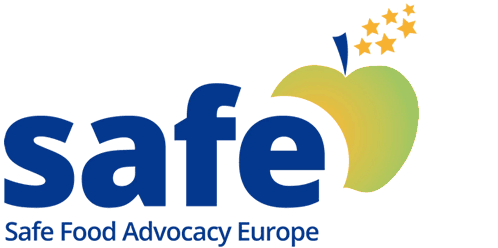New report reveals EU’s failure to reduce use of most dangerous pesticides
24 May 2022
Pesticide Action Network Europe (PAN Europe) just released a new report highlighting that the European Union (EU) is alarmingly going in the wrong direction regarding pesticides use. This report clearly shows that European citizens are facing increasing exposure to pesticides, despite authorities claiming the contrary.
PAN Europe’s report demonstrates that, between 2011 and 2019, both the frequency and intensity of residues of the most toxic pesticides have increased on fruits and vegetables sold in the EU. The report only focuses on the category of pesticides defined as more hazardous by the European regulation, meaning linked to important health issues (chronic diseases including cancers, cardiovascular problems or diabetes, etc.) and highly toxic to the environment.
While the use of those hazardous pesticides should be decreasing, this report’s figures show the exact opposite for many fruits and vegetables. For instance, while in 2011 only 4% of kiwis were contaminated by hazardous pesticides, 32% were contaminated in 2019. The same kind of rise is observed for cherries, with 22% of contaminated fruits in 2011, and 50% in 2019. For some fruits and vegetables, there is nearly an omnipresence of at least one of the most toxic pesticides.
On top of all of that, PAN Europe’s report also pointed out an increase in the intensity of pesticides used in mixtures, despite scientists alerting that those ‘chemical cocktails’ have an even more serious impact on human health.
The result of this research shows that the EU is acting in contradiction of its own commitments and regulations. Indeed, since 2011, Regulation (EC) No. 1107/2009 legally obliges EU Member States to substitute the most hazardous pesticides with safer alternatives. PAN Europe’s report exposes the failure of European and national authorities to implement this EU Regulation and thus to protect European consumers. Besides, this increase of pesticides use goes against EU environmental priorities, as exposed in the Biodiversity strategy for 2030 or in the Farm to Fork Strategy of the European Commission (EC). Both strategies call for rapid reduction of pesticides use, and especially for the most hazardous ones, but as PAN Europe explains “Europe is clearly moving away, not towards more sustainable agriculture”.
The findings of this report would contradict the European Commission’s official claim of a reduction of pesticides use. While the EC stopped to publish data on the use of most hazardous pesticides, it stated that it was reducing. Based only on sales data, the EC announced a reduction of 12% in the use of most hazardous pesticides in 2019, compared to the 2015-2017 period. However, PAN Europe’s report alleges that it provides evidence of an 8.8% increase, showing that the use of the most dangerous pesticides in Europe would be actually rising, and not falling.
SAFE considers that a transition towards sustainable food systems is urgently needed to tackle climate change, stop biodiversity collapse and protect human health. SAFE has notably called for an integrated food policy and supported reforms towards a more sustainable agriculture, by promoting practices such as permaculture and regenerative agriculture.



